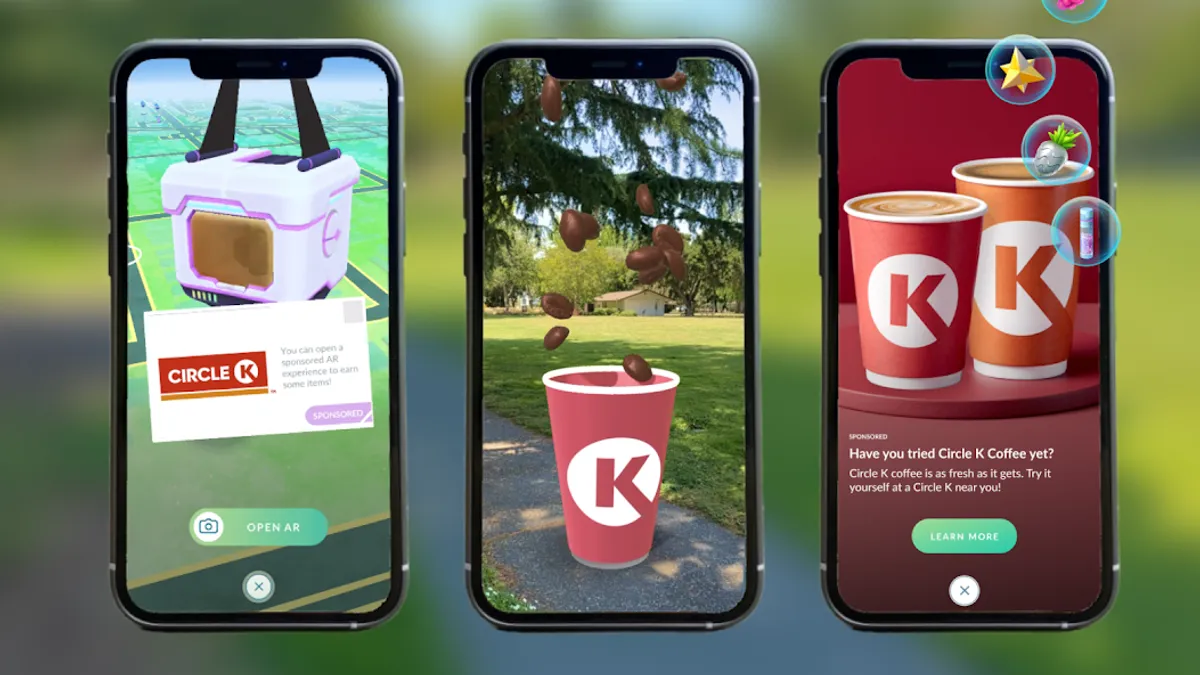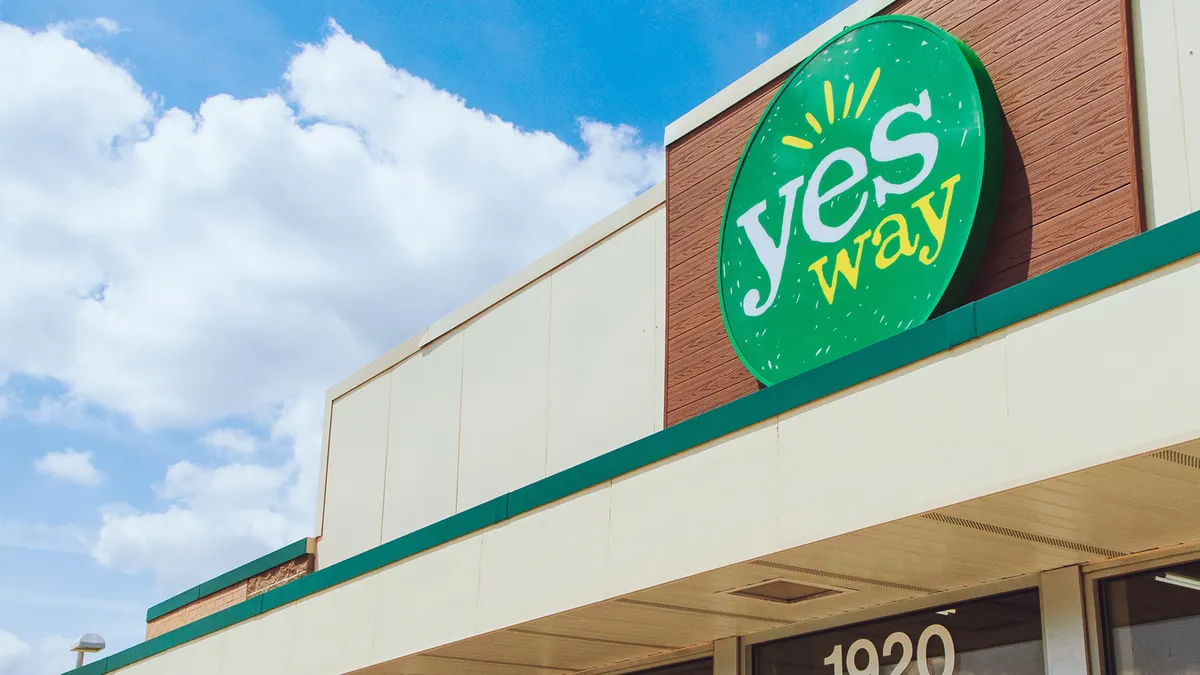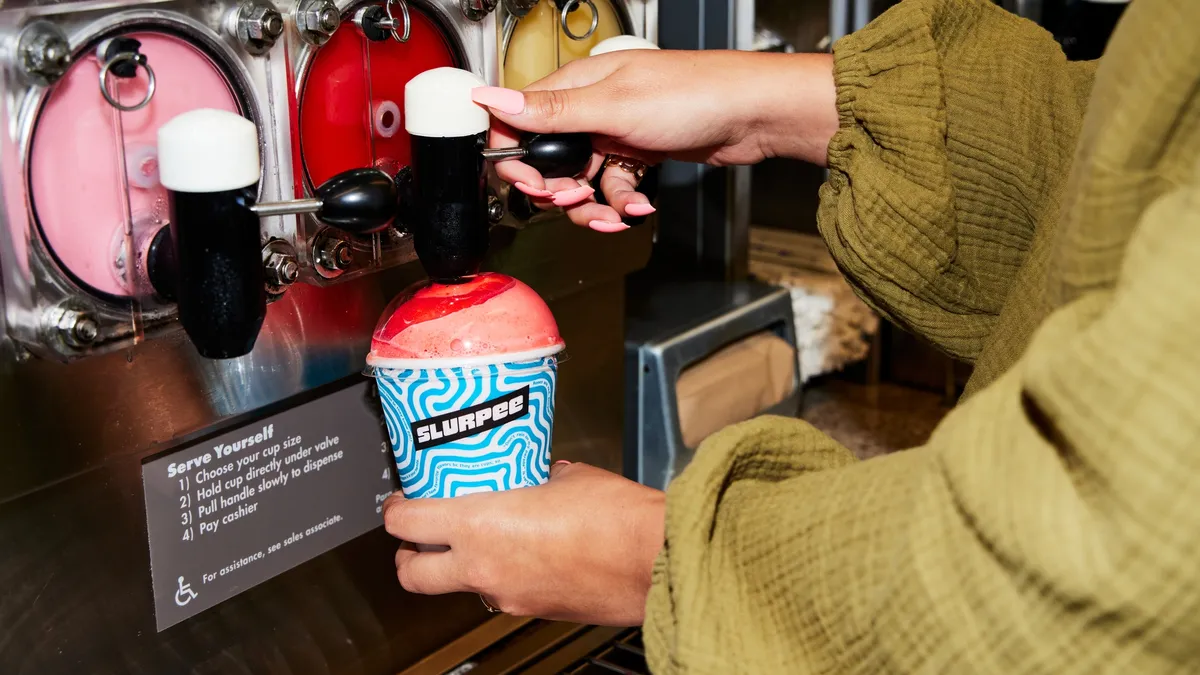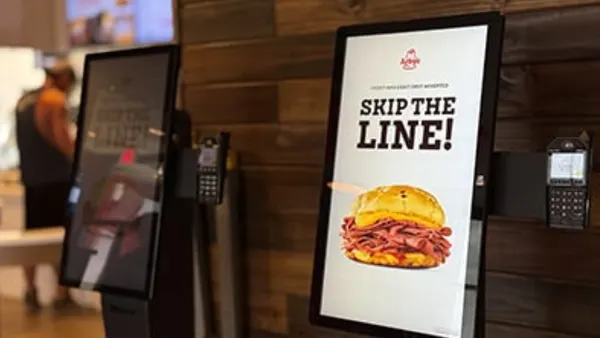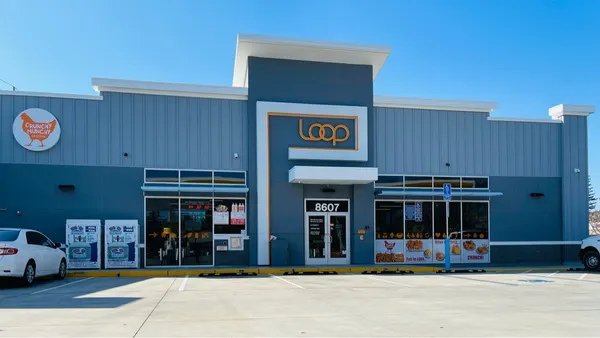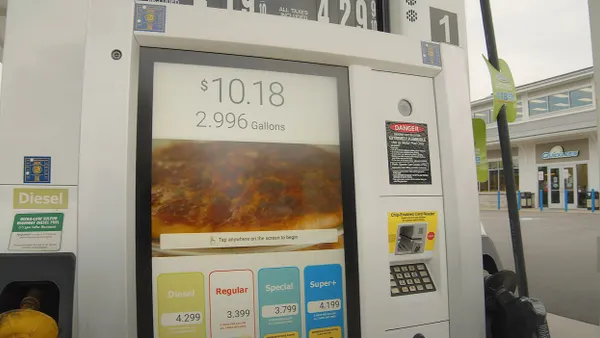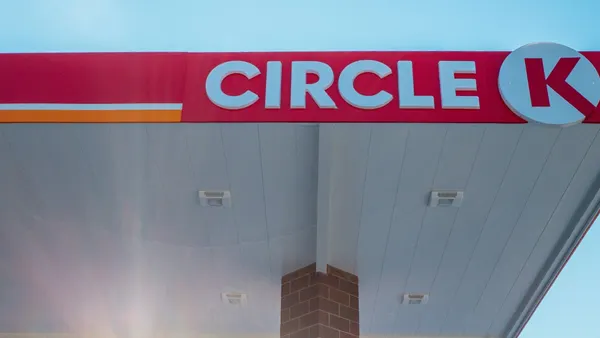Dive Brief:
- Circle K recently piloted augmented reality (AR) ads within Pokémon Go to promote its new coffee offering, according to an announcement from tech provider Niantic.
- With the integration, players of the game were presented with an ad, which looked like a floating balloon, that guided them to interact with a larger-than-life coffee cup and encouraged them to go to a physical location to try the coffee.
- The promotion, which saw an average engagement rate of 76% and an average completion rate of 95%, highlights AR’s potential as a loyalty play for c-stores looking to draw customers into stores.
Dive Insight:
Circle K was one of the first companies to pilot the new AR ads product from Niantic, known as Rewarded AR, within the popular game Pokémon Go.
By linking the promotion to its coffee sales, Circle K is focusing on a signature category as it tries to entice consumers inside its stores, where they can then make incremental purchases.
“Rewarded AR integrates Circle K into this wildly popular gaming environment with timely and relevant offers that enhance brand awareness and loyalty, and we’ve been very pleased with the results so far,” said Margaret Barron, vice president of global marketing for Circle K, in press details.
C-store retailers like Wawa and 7 Eleven have dabbled in AR technology in the past, while retail brands like Ikea, Shake Shack and TripAdvisor are among some of the latest to adopt the tech. According to Statista findings cited in Niantic’s release, 1.7 billion consumers globally will use mobile AR by 2024.
Rewarded AR is powered using 8th Wall, an AR platform that Niantic acquired last year in a move credited as its largest acquisition to date. And while Pokémon Go may not be as much of a phenomenon as it was a few years ago, the game still had approximately 79 million monthly players in June.
The new Rewarded AR ads product will be available for use within the developer’s most popular real world games, per release details, and is intended to boost brand impact, drive foot traffic in stores and assist with purchasing decisions through AR visualizations. While consumers play compatible games, branded interactive experiences provided through the ad units will appear and offer in-game rewards, potentially driving incentive.



